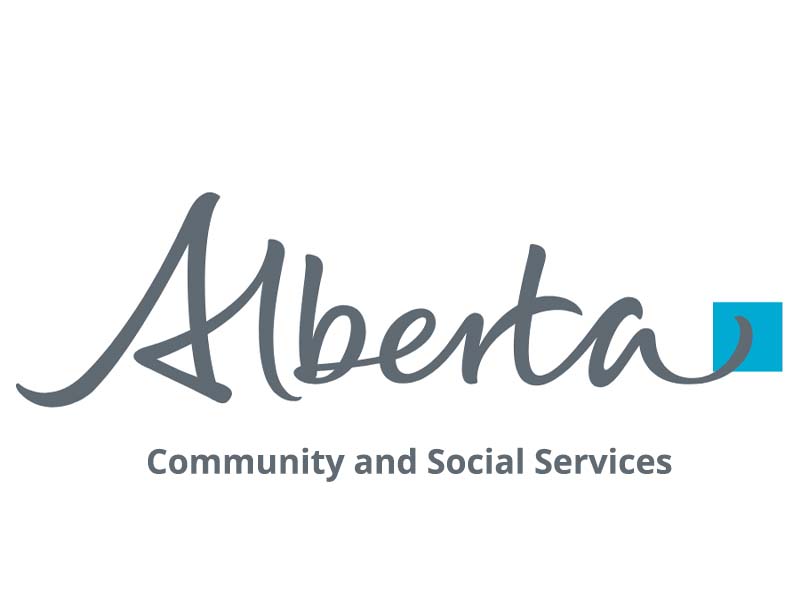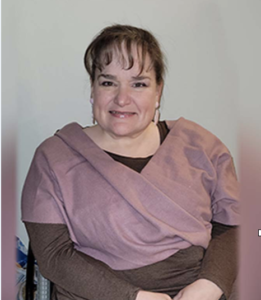From saving to drawdown in retirement: Understanding RRIFs
Imagine this: you have diligently saved towards retirement for decades, consistently contributing to your Registered Retirement Savings Plan (RRSP) or Group RRSP plan through your employer during your working years. Now, with retirement on the horizon, a new question arises: how do you withdraw from your hard-earned savings and create a steady income stream through your golden years? One way is through a Registered Retirement Income Fund (RRIF), the bridge between your accumulated savings and retirement.
What is a RRIF and how does it work?
Much like other registered accounts, the Registered Retirement Income Fund (RRIF) is a tax-deferred retirement account available to Canadians. However, the RRIF is not an account to which you can contribute. Rather, it is an extension of your RRSP.
RRSPs are designed to help you save for retirement by allowing tax-deferred growth on your savings and investments until you’re ready to withdraw them. Your accumulated savings and investments from your RRSP can be transferred to a RRIF, which automatically creates a routine annual drawdown process of your assets to provide an income stream.
Similar to the RRSP, the RRIF also offers you the option to allocate your underlying funds to a number of investments such as stocks, bonds, mutual funds, Exchange Traded Funds (ETFs), and Guaranteed Investment Certificates (GICs). You can also transfer funds into a RRIF from a Pooled Registered Pension Plan (PRPP), a Registered Pension Plan (RPP), a Specified Pension Plan (SPP), another RRIF, or from a First Home Savings Account (FHSA).
When to convert and what to consider when converting a RRSP to a RRIF
An RRSP can be converted into a RRIF before standard pensionable age. Once converted, no additional funds may be added to it. However, a crucial deadline exists. By the end of the year you turn 71, your RRSP must be — transferred into a RRIF, converted into an annuity, or paid out as a lump sum. Failure to convert your RRSP to a RRIF will result in your account being deregistered, leading to serious tax issues. If you realize you have opened a RRIF too early and change your mind, it can be converted back to an RRSP as long as the account owner is 71 or younger. It is best to consult a financial advisor who can provide personalized advice based on your situation.
Understanding RRIF withdrawals
A hallmark feature of a RRIF is its mandatory minimum withdrawal. Unlike an RRSP, where you can grow your money untouched, the Registered Retirement Income Fund requires you to take out the minimum required amount each year.
There are some factors to consider when withdrawing from your RRIF:
The minimum percentage: The minimum withdrawal amount is calculated based on percentage of your RRIF’s total market value at the end of the previous year. This percentage increases as you age, reflecting the idea that you will need more income as you get older. If your spouse is younger than you, the minimum withdrawal can be based on your spouse’s age, allowing for lower minimum payments and longer tax-deferred growth.
Finding the right amount: Since a RRIF offers tax-sheltered growth only on the money that remains within the plan, all withdrawals, including the minimum amount, are considered income and taxed at your marginal tax rate. While the plan offers the freedom to withdraw more than the minimum if needed, it’s recommended to consider the following before doing so:
You could deplete your savings faster than anticipated.
The amount of taxable income increases as you withdraw more.
This can impact eligibility for certain government benefits like the Old Age Security (OAS).
Should you convert your RRSP early?
The decision to convert your RRSP to a RRIF is a significant milestone when planning for retirement. While some people might wait until their income is lower to convert, there’s no one-size-fits-all answer. There can be some advantages to converting early, like accessing your savings sooner. However, there are also drawbacks. To make the best choice, consider your retirement timeline, goals, health, and spouse’s age and income. These factors will influence your future needs and tax implications.
The best choice for you will depend on your individual circumstances. Talking to a certified financial advisor can help you weigh the pros and cons and decide what’s right for your retirement goals.
What happens to a RRIF when the annuitant dies?
By default, upon death, the value of your RRIF becomes taxable income of your estate. To prevent this, you can name a beneficiary or a successor annuitant.
Beneficiary: You can choose anyone as a beneficiary. However, only a beneficiary who is 71 or younger can transfer the funds into their RRSP without affecting their contribution limit. The RRIF account is then closed, and your estate avoids income tax on the amount.
Successor annuitant: Only your spouse or common-law partner can be named a successor annuitant. In this case, they will take ownership of the RRIF and have the choice to continue receiving payments, transfer the assets to their own RRIF, or delay the annual withdrawal by transferring it to their RRSP if they are 71 or younger.
Financially dependent infirm child or grandchild: Proceeds of a deceased annuitant’s RRIF can also be rolled over to the Registered Disability Savings Plan (RDSP) of a financially dependent infirm child or grandchild.
Financially dependent child or grandchild: The funds can only be transferred to a term annuity if the child or grandchild is financially dependent, but not because of a mental or physical impairment.
Investing as you age
Having a sound financial plan can play a significant role in helping you work towards your retirement goals. While building up your savings and investments for your retirement is a worthwhile endeavour, finding the optimal path to drawing them down is just as important. Take the time to learn more about RRIFs and how they can fit into your overall retirement strategy.
Rebecca Vargese
Communications Coordinator
Alberta Securities Commission
Suite 600, 250-5th Street SW, Calgary, AB, T2P 0R4
Phone: 403-297-4968
Cell: 403-542-9162
Fax: 403.297.6156
Email: Rebecca.Vargese@asc.ca
 Become a Member
Become a Member login
login






























